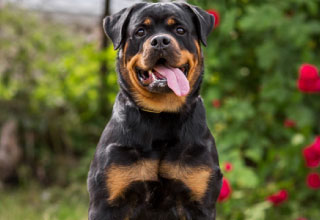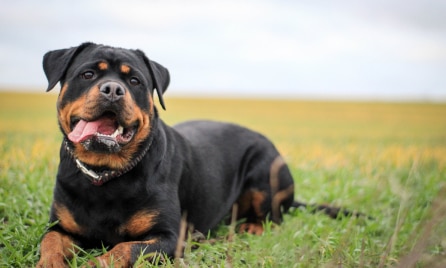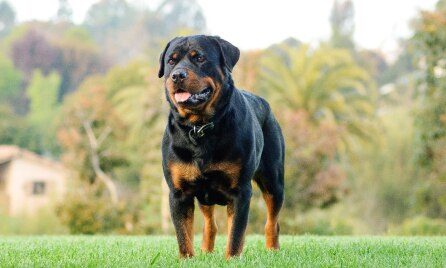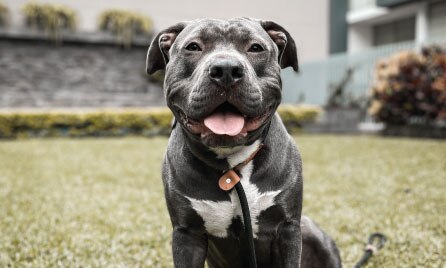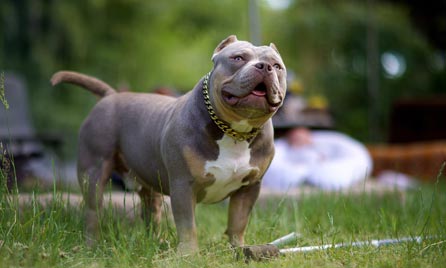- text
-
# Policy Terms and Conditions, exclusions and limits apply. Benefit limit amounts vary by level of cover.
Information about Rottweilers.
Rottweilers tend to be a protective breed and a loyal, affectionate fur friend. Originally from Germany, the Rottweiler (or Rottie) was bred as a herding dog, with historians believing that they’re descended from cattle-driving dogs left by the Roman legions in Rottweil, Germany (hence the breed name). These working dogs were used to pull carts for butchers. They were among the earliest police dogs because of their intelligence and instinct for wariness and protectiveness.
Read our guide below to see if Rottweilers are the pet for you.
